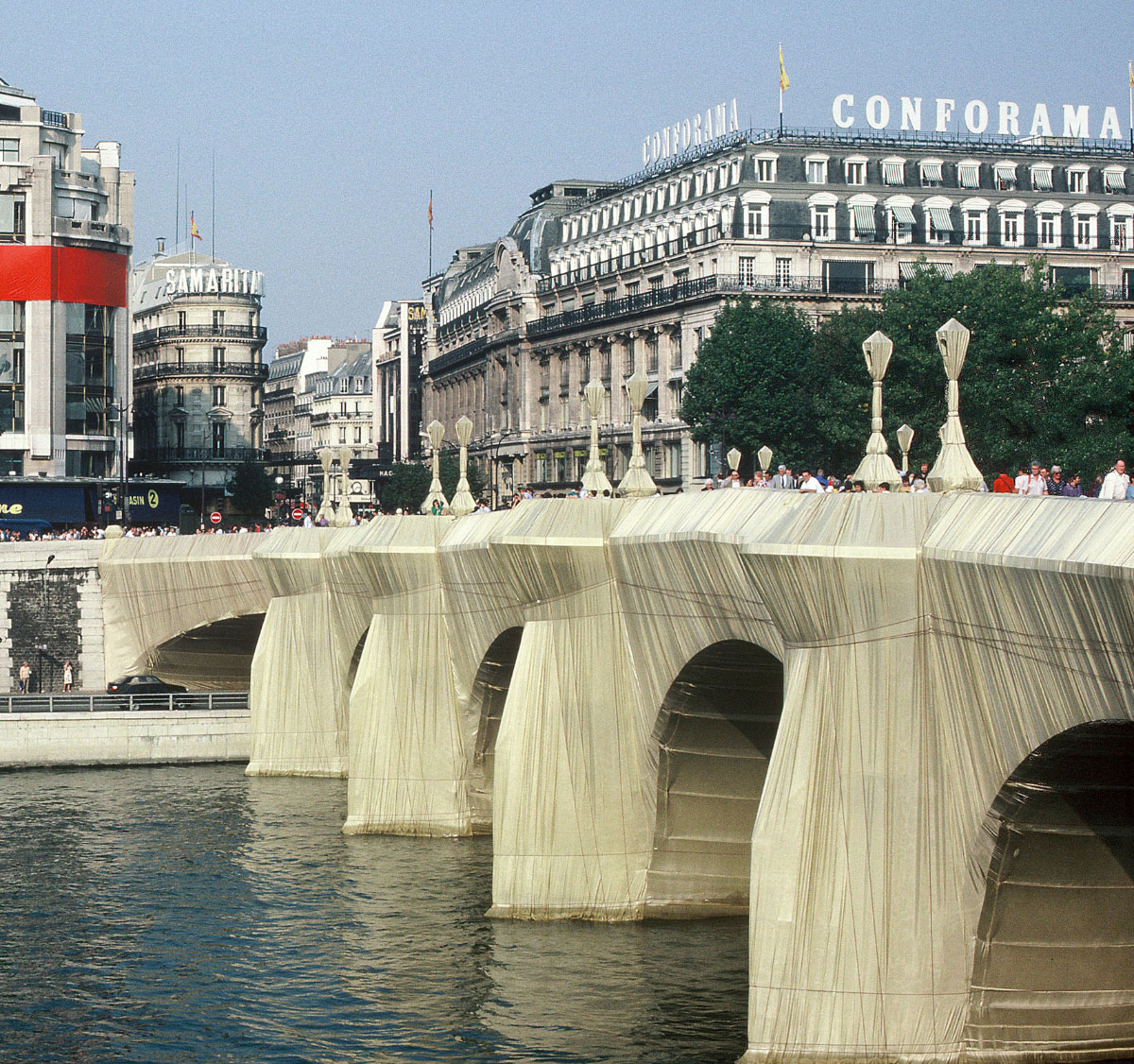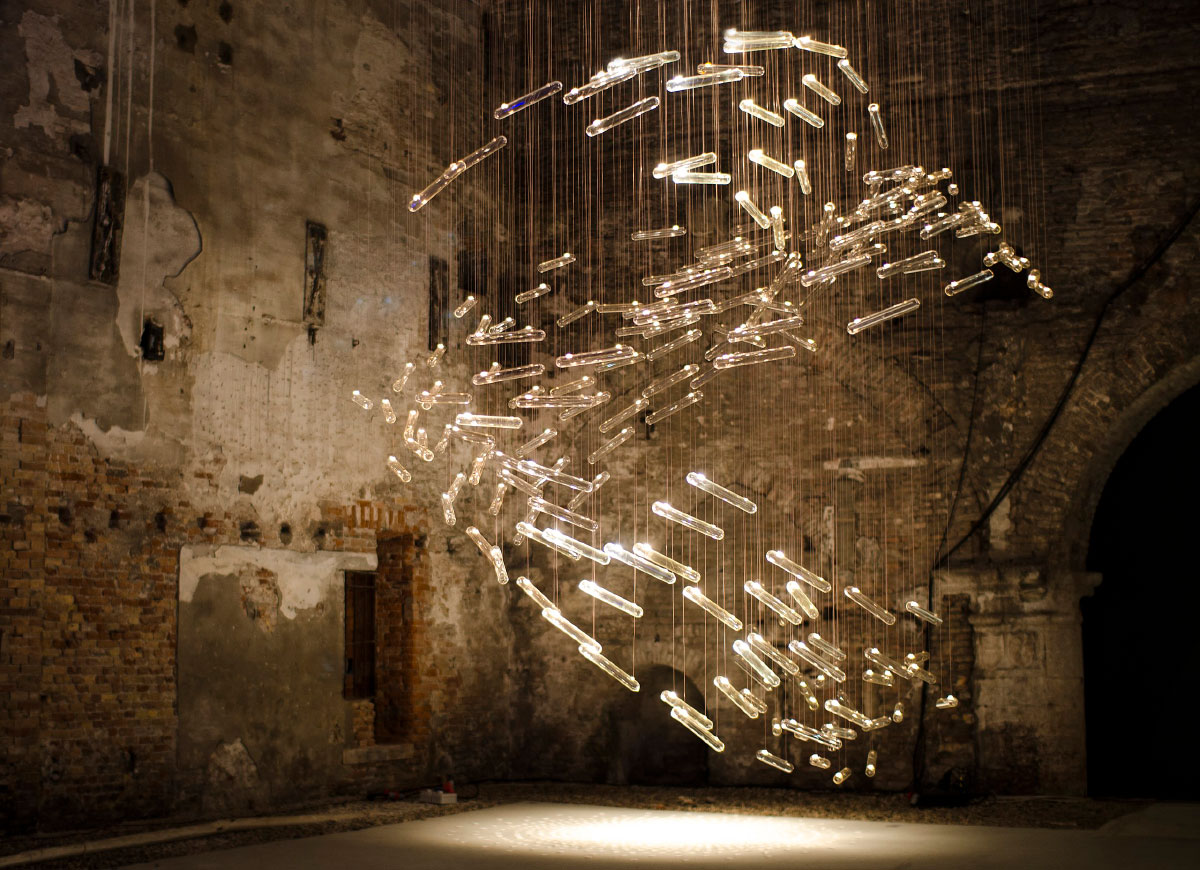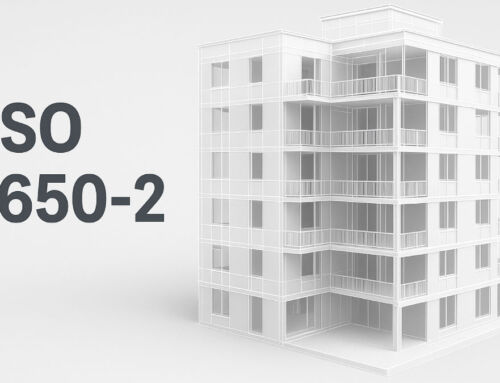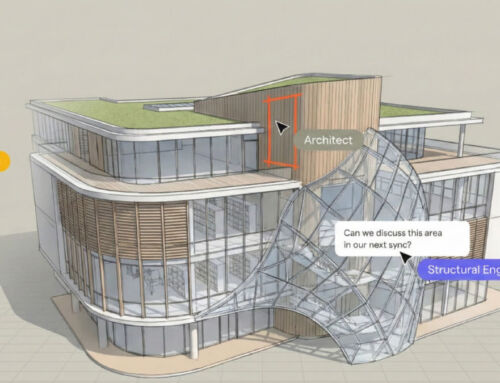Amidst the hustle and bustle of everyday life in the streets, there is sometimes a dramatic effect: a façade is reborn covered in paper flowers, a forgotten tunnel is transformed into a forest of luminous crystals, the steps of a square are turned into bleachers for a spontaneous performance. Urban scenography does not decorate spaces, it recreates them and therefore demonstrates that the city is much more versatile than we imagine.
Festivals: when architecture becomes an accomplice
The carnivals of Rio de Janeiro, Venice and Cadiz are examples of mastery of this art. There, the scenography is not limited to painted curtains: the balconies are covered with satirical puppets, the narrow streets become corrals for open-air comedy and the cobblestones mark the rhythm of the satirical songs.
Every architectural element – railings, arcades, small squares – is used to guide the gaze and the movement of the crowd. In Rio, the giant wings of the floats dialogue with Oscar Niemeyer’s curves in the Sambadrome, in a choreography where architecture and performance are inseparable.
Art that rediscovers spaces
Artists like Christo and Jeanne-Claude understood that wrapping the Pont Neuf in Paris (1985) in golden fabric was not just an aesthetic gesture, but a way of recreating our perception. By hiding the familiar, they forced Parisians to see the bridge as a sculpture. Collectives like DRIFT take this idea further: their installation Shylight at the Rijksmuseum turned a classical courtyard into a garden of dancing lights, and the architecture became a canvas for the ephemeral.
Squares as stages of protest and memory
15-M in Puerta del Sol, or the vigils in Tahrir Square demonstrated that urbanism is also a political scenography. When demonstrators project slogans on institutional buildings, or draw silhouettes on the pavement, they temporarily rewrite the meaning of these spaces. The Berlin Wall, first a barrier and then a canvas for murals, proves how architecture can mutate from an instrument of control to a symbol of freedom.
Urban theatre techniques
The magic of urban scenography lies in its ability to transform the ordinary into the extraordinary, without major infrastructure. Lightweight platforms, modular furniture and mobile projections can be set up and dismantled in hours, without leaving a permanent mark. To achieve this, collaboration between architects, artists, city councils and neighbours is key: defining routes, ensuring access and respecting heritage.
The art of disappearing
Unlike permanent architecture, these interventions leave only traces in the memory and in the form of photographs. They teach us to look at the city with new eyes and remind us that the streets are ours to be a theatre, a manifesto or a game. All it takes is someone to take the first step to change the script.
By Juan Guardiola Cutillas, Senior Architect in the Architecture Department of Amusement Logic







